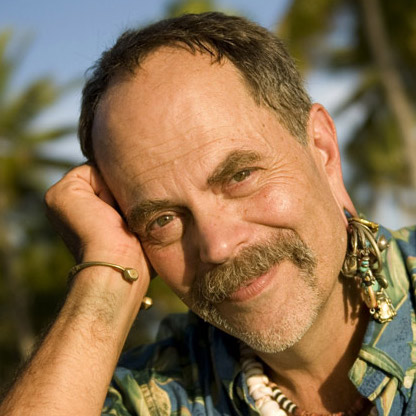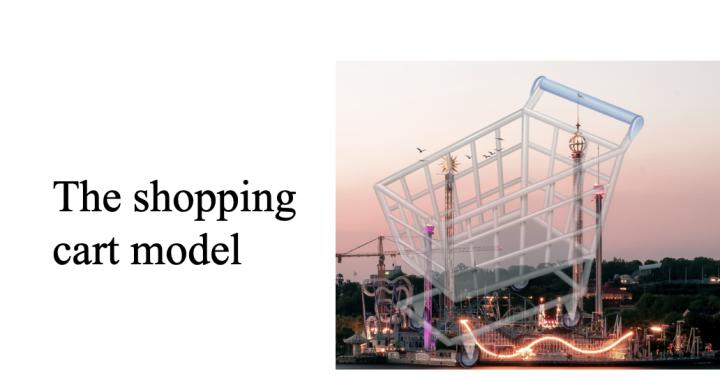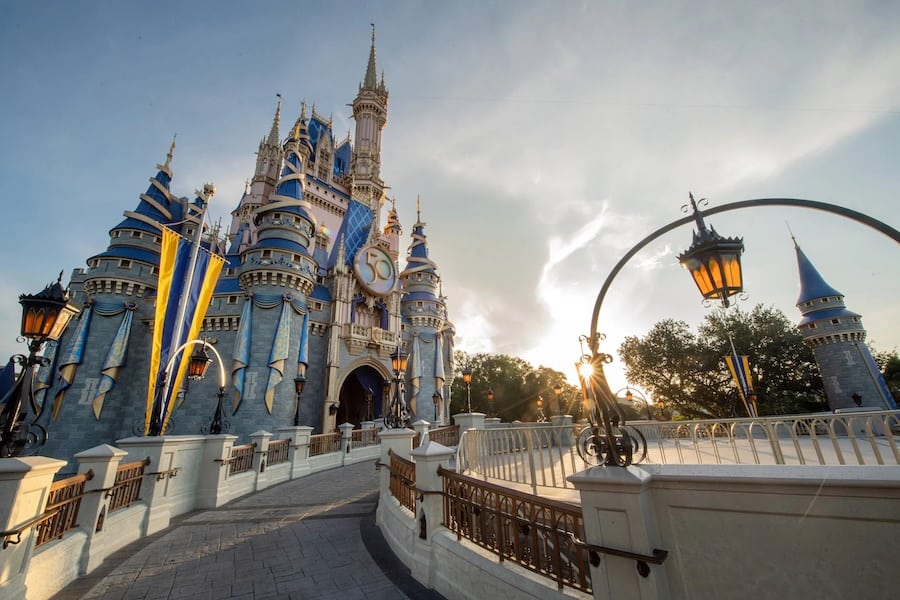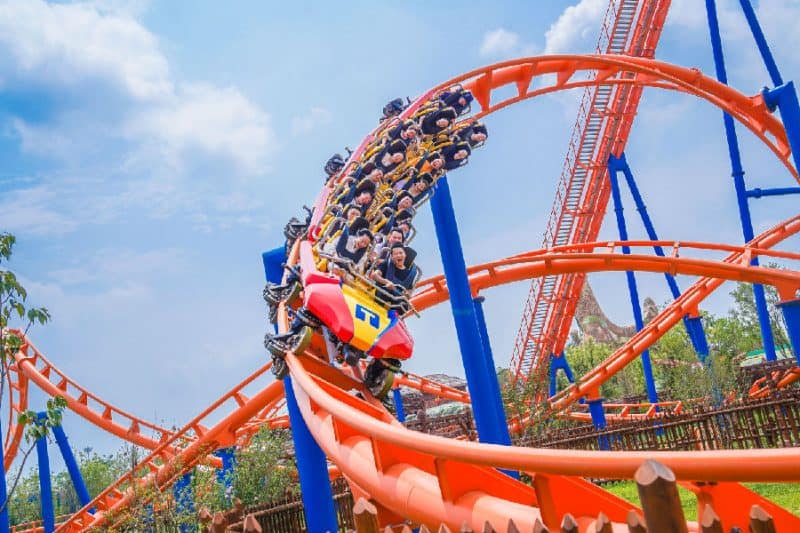
Picture: Working in the location-based entertainment business often requires a balancing act
When friends ask me what my profession really entails, I often tend to say that I am a tightrope walker. Working in the high-end attractions industry for more than 25 years, I feel this is not only the best metaphor for my daily work, but also for being successful in this business.
And I’m not the only one who feels this way. In Disney’s brilliant documentary The Imagineering Story, Joe Rohde says the following:
“Like a tightrope dancer, successful attractions have everything under control. They are a perfect balance between elements.”
For me, this one sentence captures why being successful in location-based entertainment is so difficult. But it also illustrates why working in this industry is so much fun.
We created a difficult business environment
Creating a successful attraction is a balance that depends on many factors. Nowadays, audiences are critical. They will let you know if one of the many factors is below their expectation level. But unfortunately, they often won’t tell youthis, as the operator or owner of an attraction. Instead, they will tell the rest of the world first, via websites such as Tripadvisor, Google or Yelp.
An interesting detail is that we have created this critical guest ourselves. By balancing on the tightrope of setting the many factors right, we are automatically raising the bar in our industry all the time.
This, in my opinion, is great: it gives a reason for our guests to come back, find out what the next new thing is or experience new emotional souvenirs. These emotional souvenirs keep our business alive and relevant. This is what guests share with friends or on socials and makes them feel that they need to come back after visiting the park once. The better the emotional souvenir, the more repeat visits.
For parks that create highly emotional souvenirs, such as Efteling, Europa-Park and Puy du Fou, around 80% of their visitors are return visitors. Creating these emotional souvenirs is, among other things, the result of a perfect balance on the tightrope.
Balancing four main elements when creating a successful attraction
Creating a successful attraction is concentrated around a balancing act between four main elements: hospitality, creativity, finance and technology, all of which are closely linked. If you give a little more weight to one factor, it affects the other four. This makes it very complex.
But how do you work to balance those four? It all starts with focusing on the core of your business. In our business, the focus should not be on EBITDA, or the newest, the fastest, etc. There is only one focus that makes you successful: the guest. The guest holds your rope, the guest can tighten or loosen your rope. The more the guest gets into a positive emotion, the more they are willing to spend, and by that putting more weight on your financial side of the balance.
More weight on the financial side of the balance means that you can create new opportunities on the other side, allowing you to invest in a better guest experience. The better the guest experience in general means a higher positive emotion with the guest…resulting in an upward spiral.
So, it’s all about the guest experience. How do I transfer that into my business plans?
As in every business you need to set clear goals. However, unlike most businesses, your first goal would not be to set efficiency, EBITDA or any other financial goals. Your first goal should be defining the feeling you want to provide to the guest. This feeling should be understandable and fitting with your target audience.
The defined guest feeling will become equivalent to the mission statement and lead the decision-making in your company. Any investment decision and all your daily operations decisions should support the defined guest feeling. If you are consistent in executing this you will have a fair chance that you created the perfect atmosphere, connecting the guest emotionally to your business, which yes, in the end, will be reflected in your EBITDA results.
Walking the tightrope
By defining the guest feeling at the beginning of your project, you have determined your goal at the end of the tightrope. The next step is balancing along the tightrope toward this goal as you are creating a successful attraction. How much do we invest in technology, how much of our revenue do we spend on staff, how far do we go with theming? Wait…it seems like all these considerations are based on money, like in any other business!
That’s right, most of the considerations have to do with finances. Ultimately, our business is based on money. But there’s a big difference: putting too much emphasis on finances in our business will cause you to fall off your soft rope in the long run.
Walking the tightrope in our industry involves much more than finance. An important part of this balancing act is identifying the right emotion within the parameters you have. For the financially oriented readers: unfortunately, you can’t work with benchmark numbers here. From our work with several successful parks, we know that how you build the right emotions varies per location and culture.
Building the right emotion is based on a combination of gut feeling, experience and trust. It is a true team effort where creatives, operations specialists, technicians and finance people work together, respect each other’s roles and all have the same goal in mind: the guest experience defined by the company they work for.
Together, they walk a tightrope, balancing each other as they are creating a successful attraction. The creatives may be kept in balance by the technical advice, the operations specialists may have to step out of their comfort zone a bit, and the finance people sometimes must be willing to accept a higher budget, all to keep the company or project in balance to reach the end of the tightrope, which is the perfect guest experience as defined in the begin of the project.
Our business is teamwork
As Rohde said: “Success is having all elements in balance.”
After more than 25 years in this industry, I can only agree. Balanced projects lead to success. Achieving balanced projects is really teamwork: getting things balanced in our industry relies on a great team, respecting each other and being able to think with emotion in a rational business environment.
Is it easy? No…but what a great business to be a part of!
Like to learn more how we as leisure consultants can help you in creating a successful attraction? Please check here.















